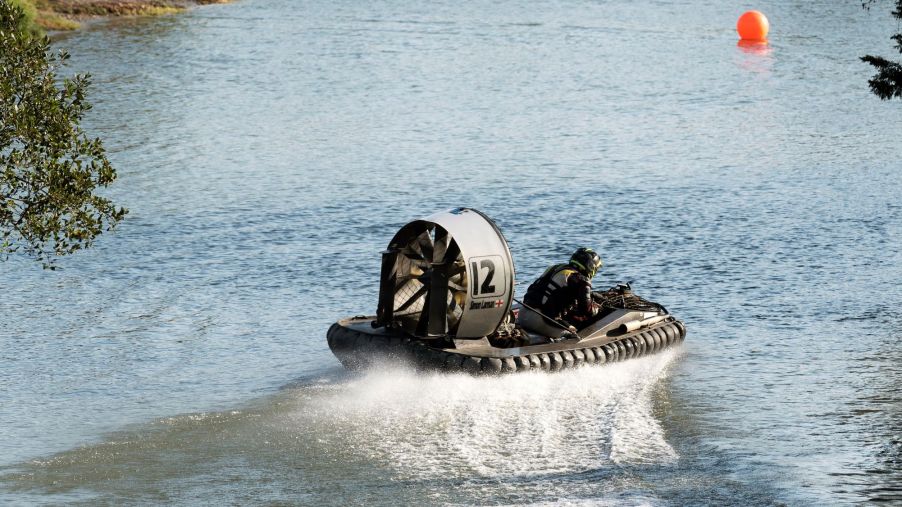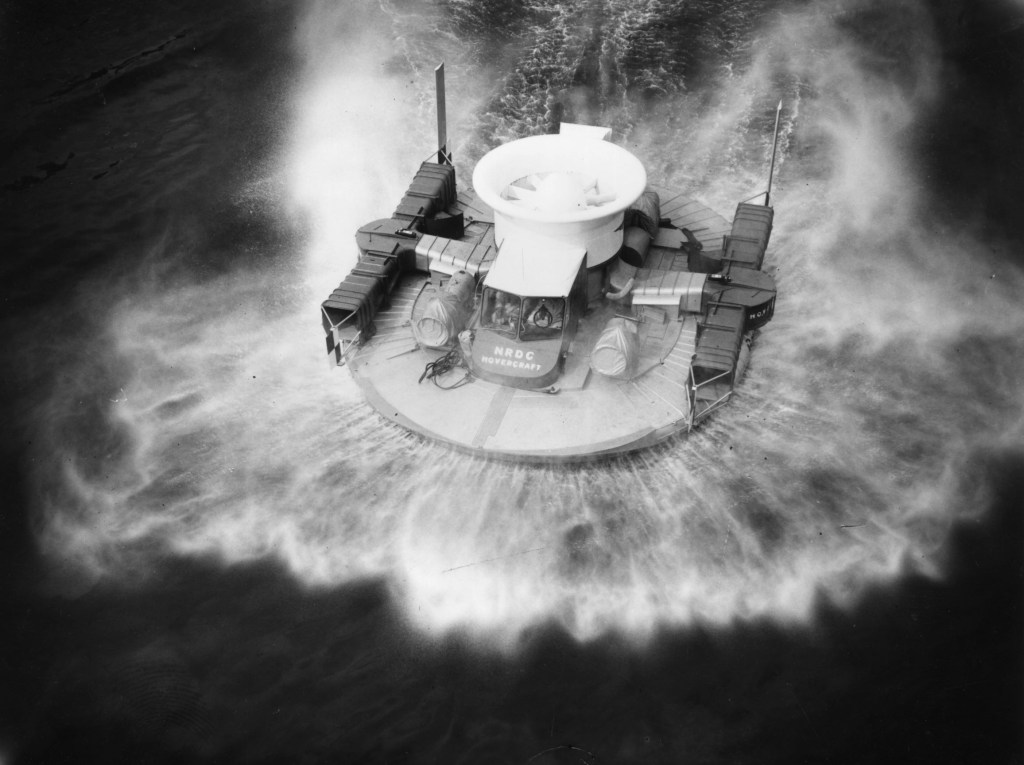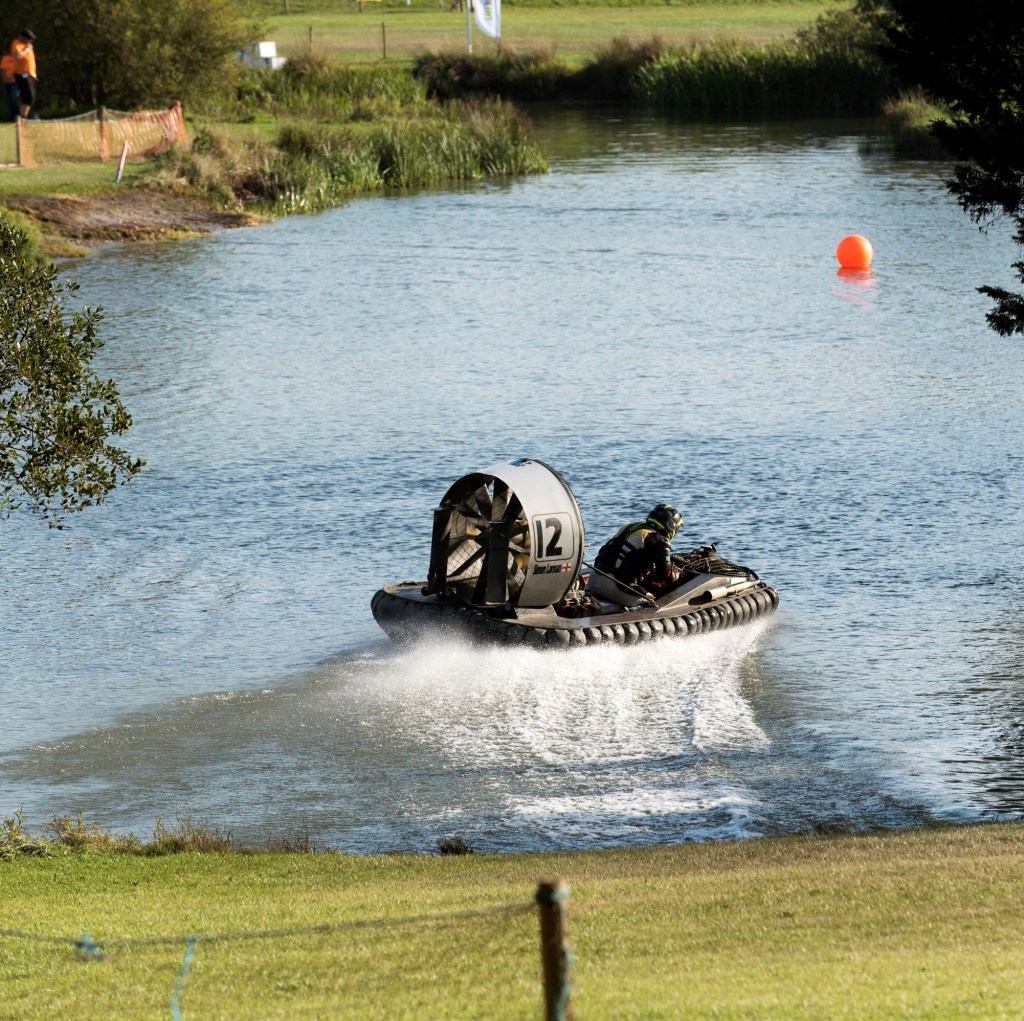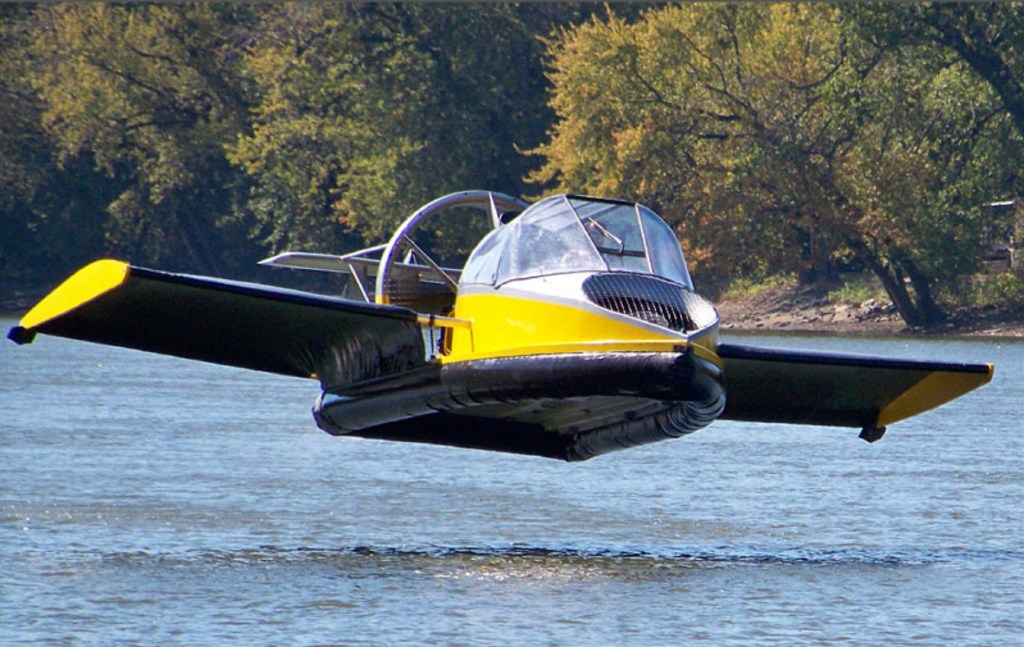
What Makes a Hovercraft Different From a Boat?
From high-end luxury yachts to small personal skiffs, potential boat buyers have plenty of ways to hit the waves. However, some ‘ships,’ like the amphibious Amphicar and the Sealander camper, stretch the definition of the term. And then there are hovercrafts. True, they can travel through water, but does that really make them boats?
How does a hovercraft work?

Among water-going vessels, hovercrafts are a fairly recent invention. Although the idea behind them dates back to the 1700s, the first patent wasn’t issued until 1954, Nautical Ventures reports. The patent-holder was one Sir Christopher Cockerell, who also helped develop radar during WWII, Super Street online.
But while the British military had a working prototype in the late ‘50s, personal hovercrafts didn’t really take off (pardon the pun) until the late ‘60s, Discover Hover reports. And that’s partly because, although seemingly simple, these vehicles are rather complicated, Popular Mechanics explains.
A hovercraft, as its name implies, hovers on a cushion of pressurized air. In its simplest form, an engine-powered fan sucks in ambient air which then splits into two streams, Discover Hover explains. One stream flows into the ‘skirt’ surrounding the craft. Once the skirt is pressurized, it becomes an air cushion and lifts the craft. The other airstream blows out the back of the fan assembly and provides thrust.
Hovercrafts are still used by military and government agencies today, as well as by ordinary citizens. The most extreme examples have multiple engines that split thrust- and lift-producing duties. For example, the US military’s Landing Craft Air Cushion has four 5000-hp engines, two for lift and two for thrust, Autoweek reports.
Is it actually a boat?

The LCAC’s name hints at the somewhat-odd position hovercrafts have within the boating world. Technically, they’re air-cushion vehicles, and have more in common with aircraft than ‘true’ boats, Neoteric Hovercraft explains. After all, boats slice through the water with the help of inboard or outboard motors or sails. However, hovercrafts travel ‘on’ rather than ‘through’ the water.
And because of that air cushion, hovercrafts aren’t limited solely to bodies of water. They can go over sand and grass with aplomb, Autoweek reports. Ditto sand, snow, ice, mud, and even pavement. Some, like Universal Hovercraft’s 19XRW Hoverwing, can even take to the air. Though admittedly, the usual flight ceiling is only 3-6 feet.

That being said, the US Coast Guard regulates personal hovercrafts as boats, Hovercraft Training reports. The UK government does the same, the British Hovercraft Company reports. And some organizations lump them into the same ‘high-speed craft’ boat category as hydrofoils and catamarans, Marine Insight reports.
Arguably the definitive answer comes from the European Union. Although the EU’s Recreational Craft Directive sets out minimum standards for personal boats, hovercrafts are exempt, as are hydrofoils, the BMC reports. So, no, they’re not boats, even though they can cross bodies of water.
How much does a personal hovercraft cost?
If you’re interested in getting your own hovercraft, there are several general options available.
Several companies offer DIY hovercraft kits. And yes, like kit cars, you can build these in your own garage. One person even turned a DeLorean DMC-12 into a functioning hovercraft, Road & Track reports. And for those who aren’t mechanically-confident, turnkey examples are also available.
Prices vary depending on size and performance. A relatively basic example, like Hoverstream Snapper II, starts at $13,495. Getting to hover, er, fly in the Kevlar-and-carbon-fiber-bodied Hoverwing, though, will set you back $179,000.
Follow more updates from MotorBiscuit on our Facebook page.


